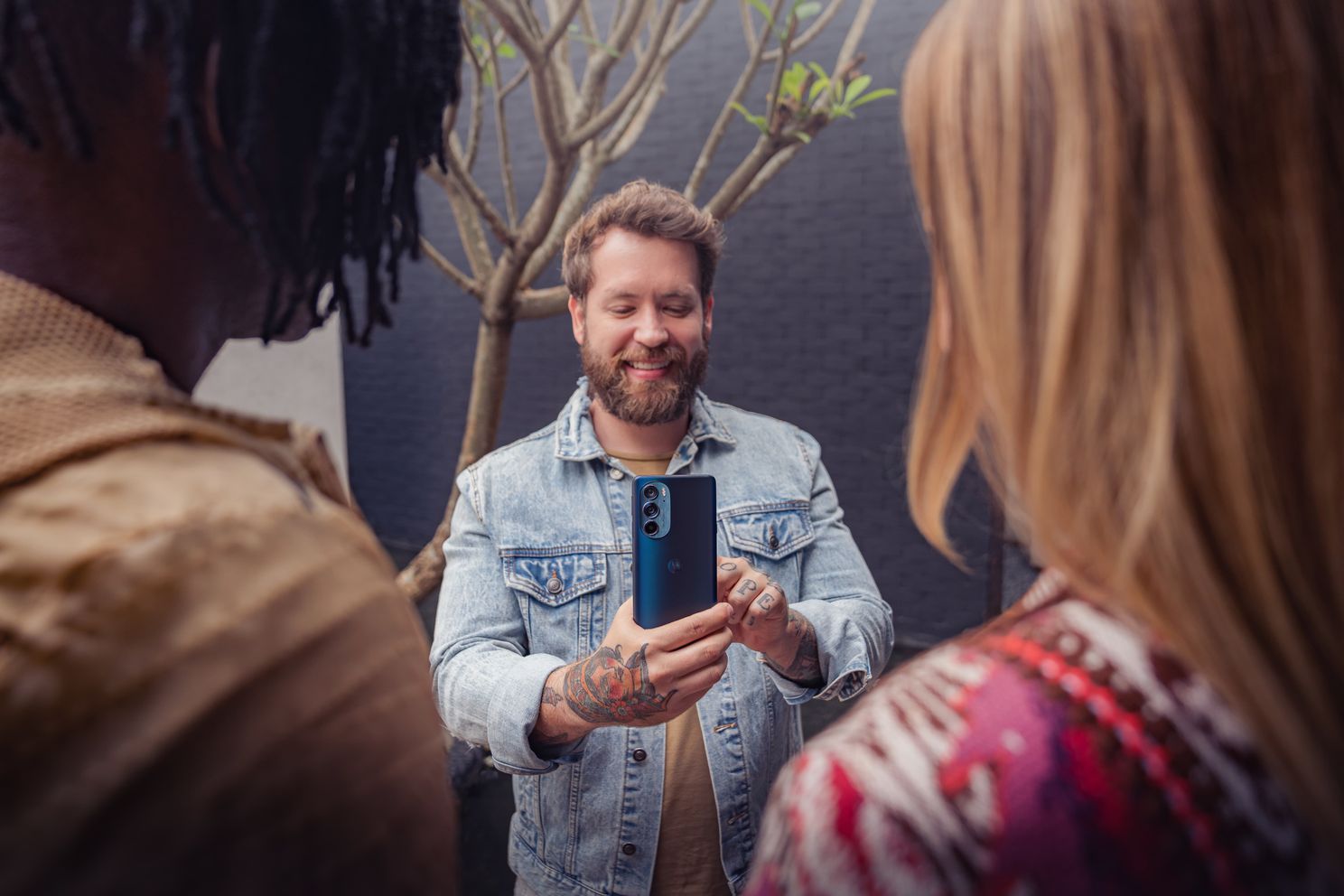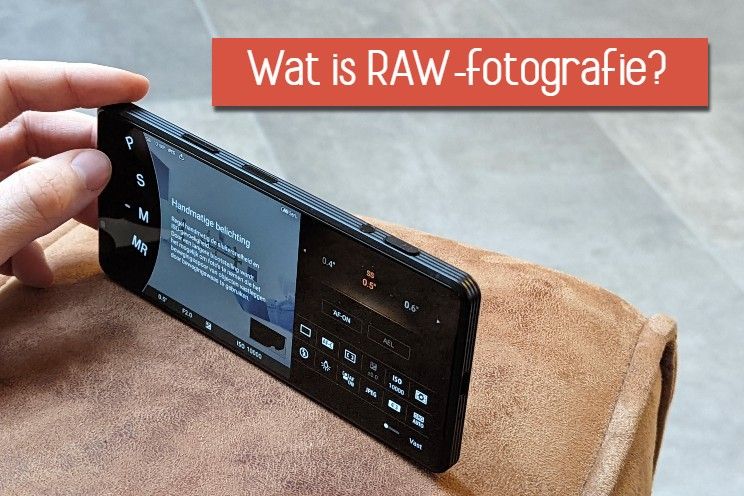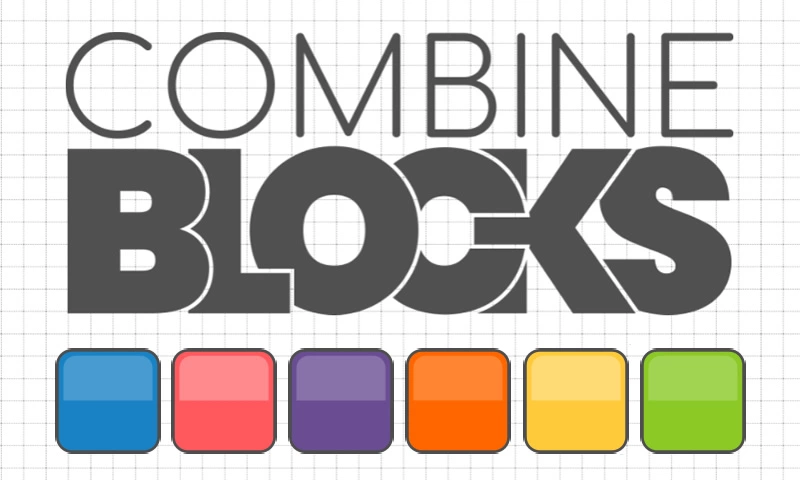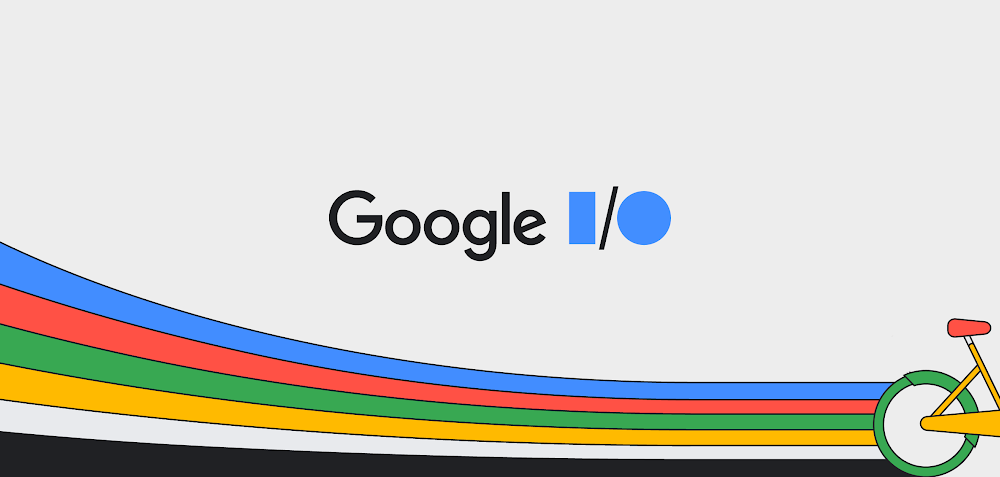What is RAW photography for phones and what are its benefits?
Previously, RAW photography was mainly intended for professional cameras, but today many phones can already take pictures as a RAW file. But what are the advantages over a regular JPEG file? We explain.
Contents
What is RAW Photography?
If you’ve checked out your camera app’s various options, you may have already seen it. A setting that lets you take photos in RAW instead of the ‘.jpg’ file format. RAW means that the raw data captured by the camera sensor is collected in one large file.
Unlike JPEG, there is no compression involved to reduce the file size, so RAW files are up to 10 times larger compared to JPEG, depending on the number of megapixels of a photo.
A RAW photo file always contains more color depth. When you photograph with a JPEG, you capture 8-bit colors, or a pallet of 16 million shades. That compared to colors up to 14-bit in RAW and 4.3 trillion color variations. A RAW photo always contains a higher dynamic range, that is, a richer difference between dark and light tones of a photo. Now take light parts due to sunlight or dark parts due to shadows.
That all sounds impressive, but if you compare the same photo in RAW or JPEG, chances are you won’t see the difference with the naked eye, at least if the compression on your phone is good. You therefore do not take RAW photos with the intention of taking photos with better contrasts or exposure.
When should you use RAW?
The power of RAW photography only emerges when you edit photos. That’s how it is. With a JPEG file, your smartphone camera quickly makes decisions about the white balance, exposure, sharpness, the balance of colors, contrast and other characteristics of a photo. Once that has been determined, the compression takes place and you can view or share the photo.
With RAW, the camera sensor records exactly what it has observed, but you can adjust your photo much more accurately afterwards in post processing. For example, if you change the color contrasts, you can choose between a much wider palette of shades. The difference is particularly apparent when adjusting the sharpness of a photo or reducing noise, two adjustments that usually have disappointing results when editing JPEG files.
A final advantage is that you do not suffer from clipping when editing. We talk about clipping in photography when details are missing in parts of a photo, often the result of over-editing JPEG files.
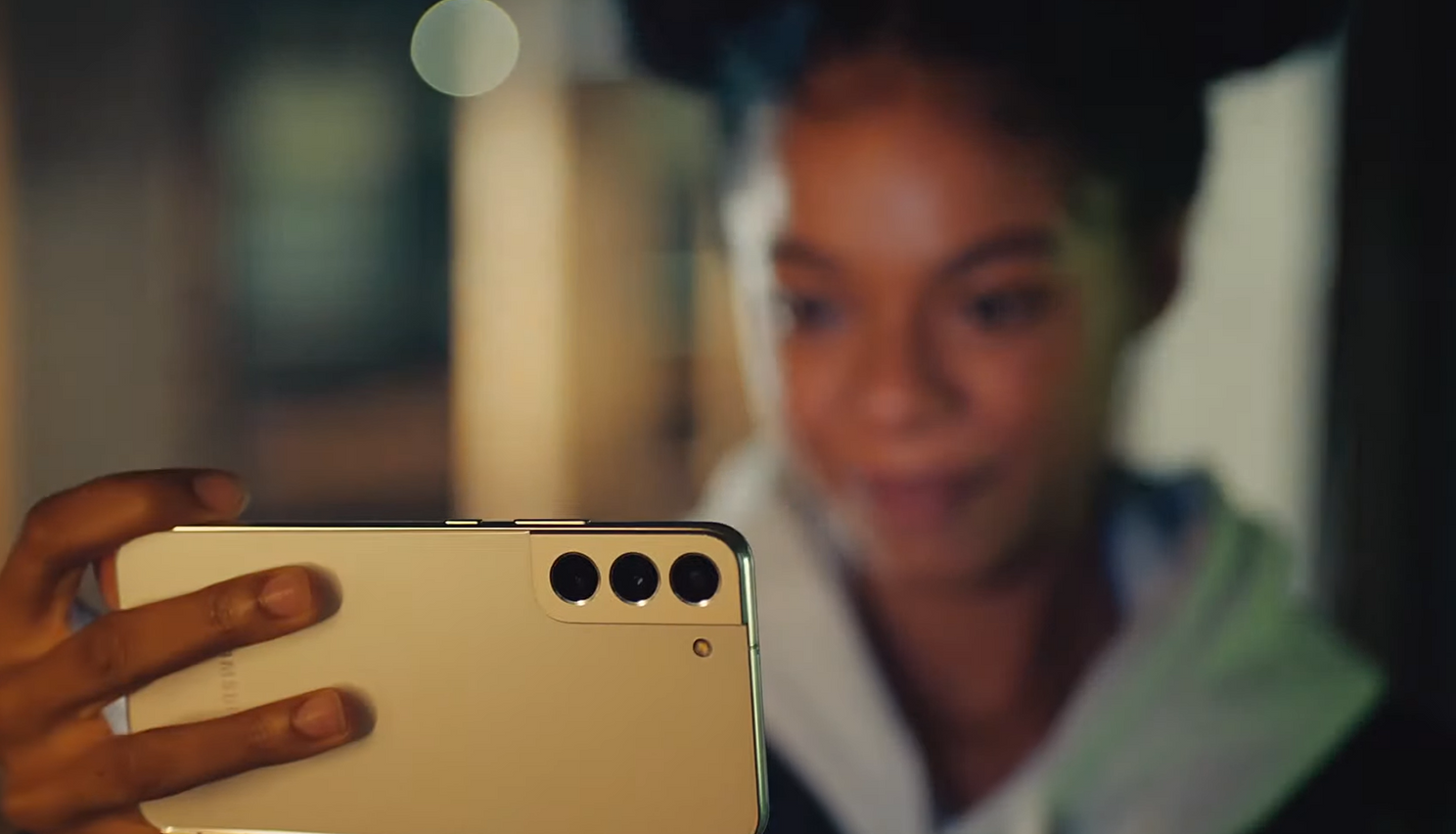
Ready to edit?
When you’re done editing a RAW file, there are several options. You can just export it as a JPEG file so that you can easily share it with friends or post it on social media. On the other hand, you can also just save the RAW file and in that case you can open the RAW file again later to continue editing. There will then be no loss of quality, which will happen if you edit a JPEG file several times in succession.
When should you choose JPEG?
We’ve pretty much explained it already, but individual RAW files usually take up 40MB or more. That makes the photos unsuitable if you want to share them via messaging apps or social media and on the other hand they take up a lot of space on your phone. One photo quickly takes up more space than the average app on your smartphone.
There is no need to edit photos for the best possible result, take now when you want to edit the photos afterwards and then enlarge or use them in a photo album. As long as you don’t have such plans, shoot photos in JPEG.
Why not both?
There is one exception. That’s when you have enough storage on your phone anyway, take 512 GB, or own a microSD card with sufficient capacity. Many camera apps offer the option to create both a RAW and JPEG file of your photos at a time. If you have no intentions to edit a photo, you can delete the RAW file afterwards. Such a setting is also interesting if you want to quickly share a certain photo online, but want to take the time to edit it later.
Do you already take photos in RAW or do you always use JPEGs? Are you now considering taking RAW photos for more uses? Let us know in the comments at the bottom of this article. Be sure to listen to our short podcast series about smartphone photography.
